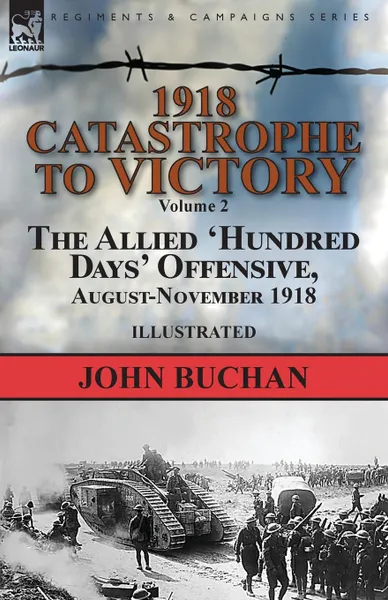1918-Catastrophe to Victory. Volume 2-The Allied .Hundred Days. Offensive, August-November 1918 12+
📓 The final battles to Allied victory in the WestThe German Ludendorff Spring Offensive, launched at the Allied lines in Spring 1918, proved to be perilously close the right solution to achieve battlefield victory. Typically for German initiatives it was meticulously planned with coordinated operations working along an established critical timeline. While initially highly successful, the advance took longer than expected and Allied tenacity resulted in ill-conceived remedial actions which stalled the rapid progress upon which ultimate success depended. Allied commanders noted well the most effective components of the German modus operandi and were able to take advantage of its inherent weaknesses, which were exacerbated by Germany’s comparatively limited and irreplaceable—in contrast to the Allied situation—resources in men and materiel. As it became clear the German attack had run out of impetus the Allies turned to the offensive and their own attack was launched in early August, 1918. Refined versions of the German grand-tactics were now turned upon them to great effect. This was at last a mobile campaign to be fought over terrain which favoured a rapid advance by all the resources the combined Allied armies could bring to bear. By mid-November the remaining forces of the Central Powers had been defeated, had recoiled towards the frontiers of their homelands and had agreed to an armistice which ended the First World War. How the Allied armies near defeat was so resolutely tur...
Мнения
